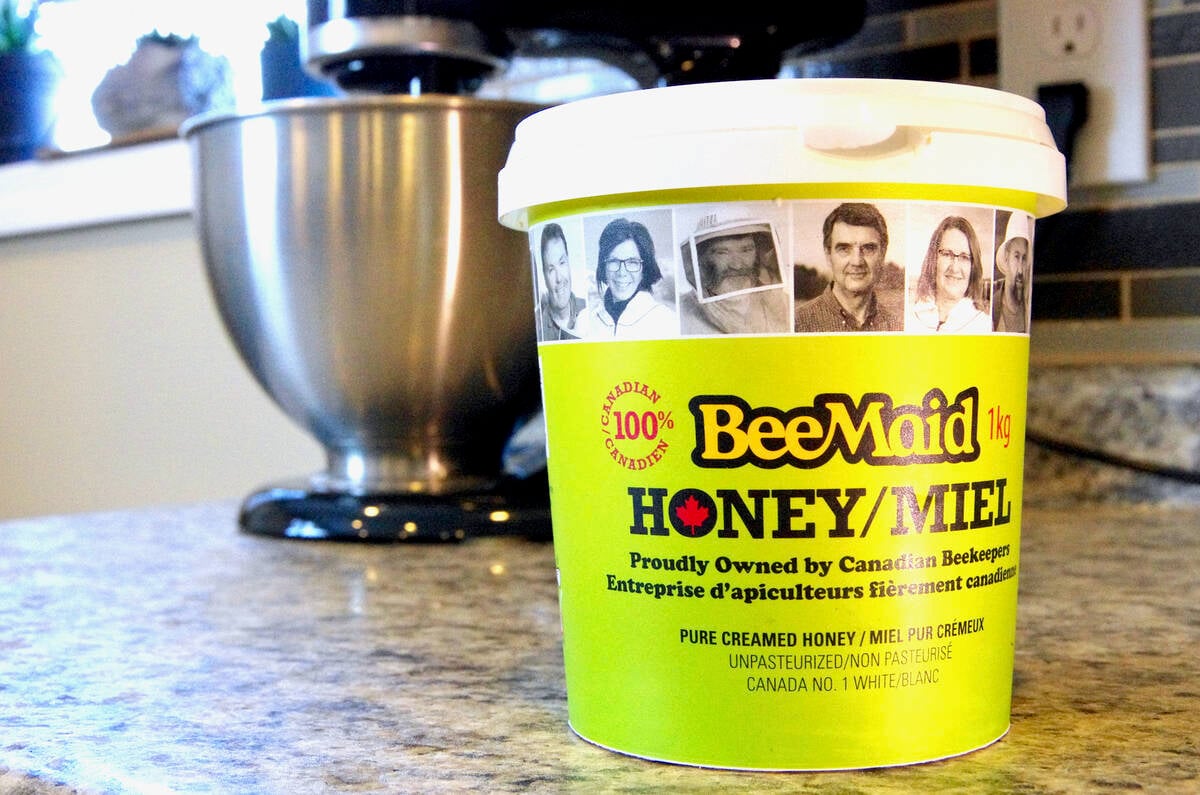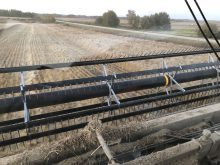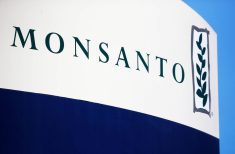Repeat readers of Manitoba Co-operator editorials may have clued into the fact that I’m an avid gardener and foodie.
That’s usually separate from the more overtly agricultural topics that we tackle in this space but, every once in a while, usually around this time of year and in the context of food prices, I allow myself to wax poetic a little on the many soups, stews, jellies, sauces and packages upon packages of garden produce bound for the freezer or canning mason jar.
The first full garden meal is a special milestone in the Stockford house, going back at least a couple of generations. At some point — sometimes in July but, traditionally, by the August long weekend — there’s a supper where a special point is made to ensure that everything on the table is fresh picked from the garden or, back in the days when the farm ran cattle, from our own herd. Minor exceptions were made for condiments and spices. The extras get partial points if they’re at least a Canadian farm-based product.
Read Also

Ag Days Gives Back 2026 focuses on fire response
Manitoba Ag Days charitable program, Ag Days Gives Back, returns for 2026 with a new wave of rural community support in Manitoba and southeast Saskatchewan
Regular readers will also know that, about once a month, we run a food column from professional home economist Getty Stewart. This week is one such edition.
The topics are timely to the season: articles on using squash in the fall, field-friendly farmer meals on the go for seeding and harvest or, most recently, summer suppers that won’t heat up the house. In recent months though, there’s also been several articles exploring the concept of buying local, using local produce and supporting local agriculture and food industry.
That’s not surprising. Everyone is being told to buy local these days with trade tensions simmering and issues like the need to streamline interprovincial trade getting more air time than they have in years.
Nor is food the only agricultural product where the conversation is happening. In our top livestock story this week, Jeff Melchior reports on the Canadian Wool Collective’s efforts to certify Canadian-made wool products and Canadian-grown wool.
That certification program, which only launched last year, has since expanded twice. Today, Melchior reports, they have three logos: one for products made of wool totally grown and processed within Canadian borders, one for wool harvested in Canada but processed elsewhere and one for products that contain at least half Canadian-grown wool.
How much difference is the buy local push actually having? Anecdotally, the consumers boycotting American goods have been loud about it. Retailers do claim Canadian goods sales are increasing, although grocery companies have also been criticized for being improperly liberal with labelling products with the Maple Leaf — meant to indicate to customers that a product is Canadian.
As of May, Canada’s year-to-date imports of American crop and animal production, food and beverage, textile mill and leather products, agrichemical and ag implements were up slightly from the year before (0.6 per cent). That’s according to the government’s industry-specific trade data portal, covering the most overtly agricultural options on the list.
Does that mean the “buy local” movement is not working? Not necessarily. “Holding steady” is still a noticeable decline, given that, between 2020 and 2024, imports from the U.S. in those categories increased by an average of 8.43 per cent annually, year-over-year.
Our imports from other places, meanwhile, jumped 18.1 per cent in those categories between January and May of this year compared to the same window in 2024. Even if we’re not buying totally local agriculturally and for food, the numbers do seem to suggest that we’re at least not buying as many American goods.
















